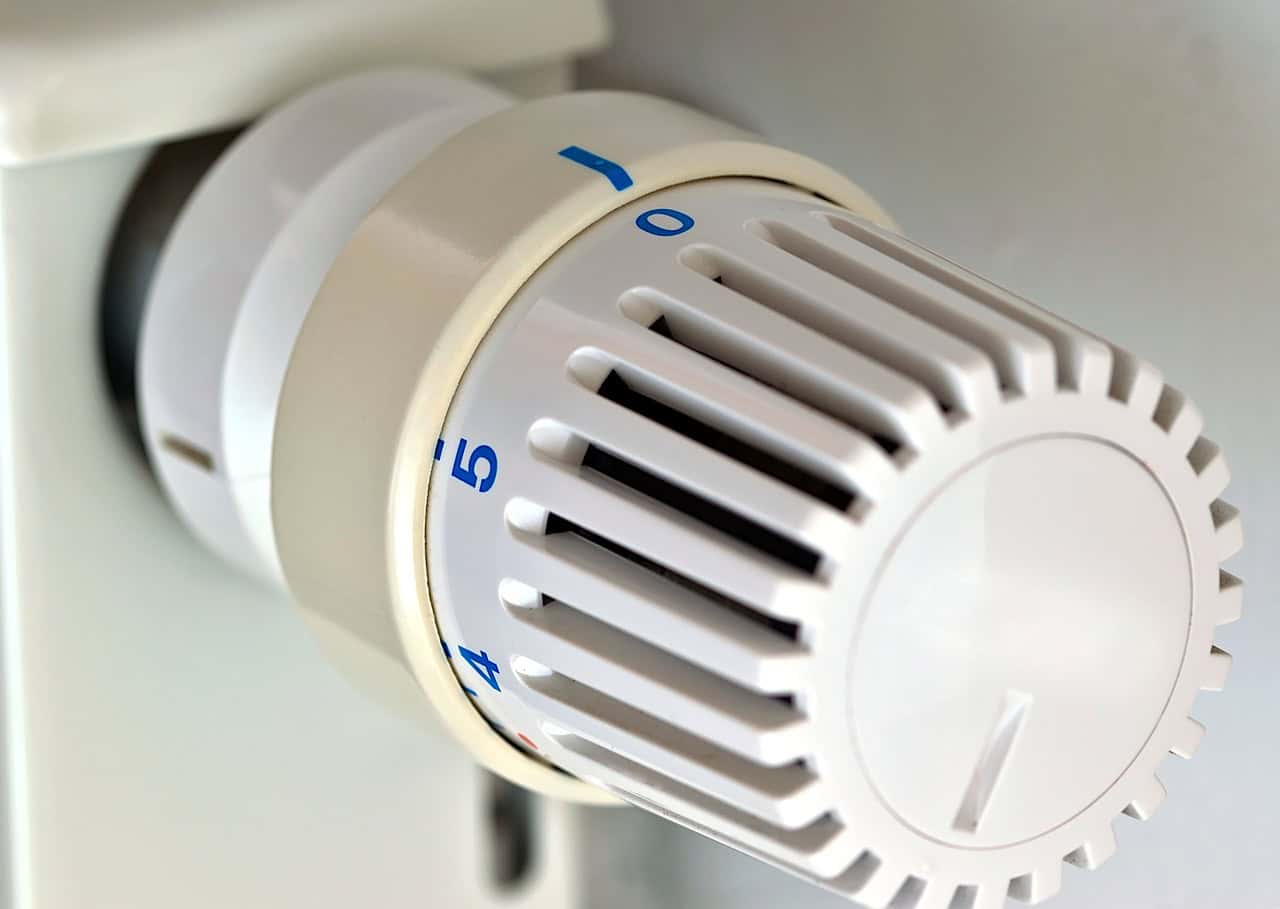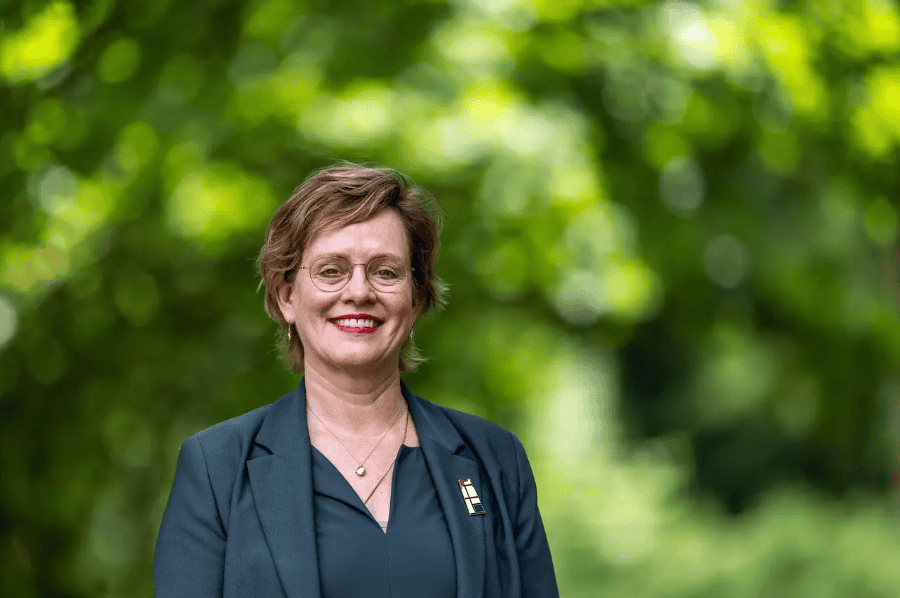
A well-functioning, and preferably sustainable, thermostat makes life a lot more pleasant during hot summer days. Lenneke Kuijer, associate professor at Eindhoven University of Technology (TU/e), will present her innovative concept thermostat at the Evoluon in Eindhoven on Friday. It takes into account the weather forecast and the orientation of your home, among other things. Plus: “The thermostat breaks through the traditional 20°C comfort limit.”
Why you need to know this:
It is getting warmer in the Netherlands. Better prepare for it, for instance through the middle of an innovative, sustainable thermostat, such as the BRYS.
Hot summers are not a pleasure for everyone. Yet we have to learn to cope with them. After all, we are increasingly having to deal with them due to climate change. In the Netherlands, 2023 was the warmest year ever recorded. And chances are we will go over that again in the coming years.
So effective cooling solutions for homes are becoming increasingly important. While companies specialising in heating and cooling currently still focus mainly on energy-efficient comfort and luxury, it turns out that many Dutch people are actually also interested in saving energy by changing their behaviour. Currently, therefore, they are not adequately served by the market.

This has to change, thought Lenneke Kuijer, associate professor in the Department of Industrial Design at TU/e. She interviewed many experts and households. Her conclusion: the Netherlands is becoming too dependent on cooling. “Cooling is not only an energy guzzler but also causes health problems. If you constantly set your thermostat to a low temperature, you are restricted in your freedom of movement in summer. And moving less is unhealthy.”
She developed BRYS: a concept thermostat based on scientific research and funded by NWO, intended to inspire the market. This innovative thermostat is more sustainable because it takes into account shading and ventilation. Among other things, BRYS takes into account the orientation of the house and the KNMI weather forecast for the next 24 hours. But what makes the thermostat especially special is that it gradually regulates its own decrease in daily use, so that no more power and energy is used than necessary.
Air conditioner and the energy bill
An average Dutch household consumes about 3413 kWh of electricity annually, which amounts to €1830 (August 2022). The cost of using an air conditioner is up to 15% of the total energy bill. This is relatively high, considering that the air conditioner is only in operation about 10% of all days per year.
Increase comfort range
An important aspect of the innovative thermostat is that it extends the comfort range. Over the past century, our indoor temperatures have continued to shift towards a narrow range of between 20 and 22°C. Heating and cooling systems are based on this and people have become accustomed to it. However, research shows that people actually have a much wider comfort range. “It is even healthier to move more with the outside temperature instead of sticking to the standard comfort range,” Kuijer says.
The thermostat therefore has a so-called Comfort Training function, which gradually adjusts the temperature in the house, for example in winter from 20 to 18°C over a period of two weeks. The thermostat also gives practical tips that people can work with, for example when it comes to airing and shading. After all, this makes a huge difference to indoor temperatures, up to 9°C in summer.
Moving the market forward
Although only a concept, BRYS offers valuable insights for companies. “I am immensely proud to have been able to present my idea at the largest HVAC (Heating, Ventilation, and Air Conditioning) exhibition in the Netherlands. Although I am not an entrepreneur, I definitely think the thermostat can move the market forward.”
Technology retreats
Perhaps most interesting, Kuijer thinks, is the idea that BRYS is slowly withdrawing a little from people’s lives. People become less dependent on it over time, partly because of its comfort training function. This concept can also apply in many other domains. Kuijer: “For example, imagine a dishwasher that helps residents make more use of their solar energy by gradually working only when the sun is shining.”
This is just the beginning. In her future research, Kuijer will further explore how to apply the concept more broadly.








